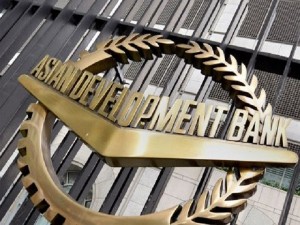Ahead of the opening of classes, cash sent home by Filipinos abroad through banks in May grew 5.5 percent year-on-year to $2.31 billion, keeping monthly remittances above the $2-billion level for the 16th straight month.
Cash remittances last May increased from $2.19 billion a year ago and exceeded the $2.08 billion in April, the latest Bangko Sentral ng Pilipinas data released yesterday showed.
The growth in cash remittances that month also reversed the 5.9-percent drop posted last April.
BSP Governor Nestor A. Espenilla Jr. said remittances from land-based overseas Filipino workers in May rose 6.2 percent year-on-year to $1.8 billion while those from sea-based OFWs grew 3 percent to $500 million.
Espenilla said the top contributors to the increase in cash remittances were the United Arab Emirates, Canada, Saudi Arabia and the United States.
From January to May, remittances totaled $11.35 billion, up 4.5 percent from $10.86 billion in the first five months of last year.
According to Espenilla, cash sent home by land-based OFWs as of end-May increased 5.9 percent year-on-year to $9 billion.
Sea-based OFWs, meanwhile, sent home $2.3 billion during the five-month period, down 0.6 percent from a year ago, Espenilla said.
The BSP said cash remittances from Canada, Germany, Japan, Kuwait, Qatar, Saudi Arabia, Singapore, the UAE, the United Kingdom and the US accounted for fourth-fifths of the end-May total.
Based on updated projections released last month, the BSP said it expected cash remittances from Filipinos working and living abroad to reach another record-high of $28 billion by the end of this year.
The BSP has kept the 4-percent remittances growth target for 2017, although the value of the updated forecast was higher than the earlier projection of $27.7 billion.
Cash sent home by overseas Filipinos through banks hit a record $26.9 billion in 2016, up 5 percent from $25.6 billion in 2015. The solid growth in remittance flows continued to be a major driver of domestic demand, according to the BSP, citing that personal remittances, which included nonbank transfers, accounted for 9.8 percent of the gross domestic product (GDP) in 2016. The GDP grew by a robust 6.8 percent last year.
Remittances are the country’s biggest source of foreign exchange income, helping insulate the domestic economy from external shocks by ensuring the steady supply of dollars in the system.
These cash transfers are also a major driver for domestic consumption, which contributes to robust economic growth.
The World Bank has expected the Philippines to sustain strong economic growth in the next three years and outperform most of its Asian neighbors. “In the Philippines, growth, led by accelerated public and private investment, is expected to remain at just under 7 percent in 2017-2019—significantly higher than the long-term average of 4.3 percent,” the World Bank had said in its June 2017 Global Economic Prospects report. “In the Philippines, expansionary fiscal policy has boosted capital formation, while robust remittances, credit growth, and low inflation have supported private consumption,” the World Bank said.


